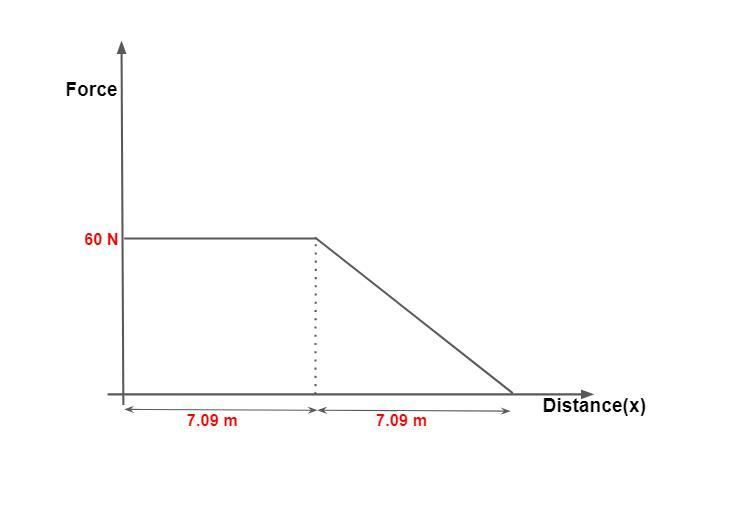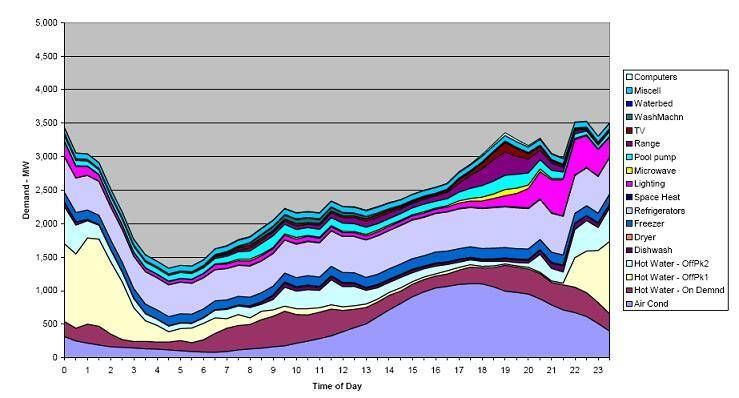Why Is Potential Energy The Integral Of Force?
Definition of Potential Energy
Potential energy is stored energy based on an object’s position. There are different forms of potential energy depending on the system. Two common types are gravitational potential energy and elastic potential energy.
Gravitational potential energy depends on an object’s height relative to a zero point. The higher the object is located, the more potential energy it possesses. This is because work would have to be done against gravity to move the object from the zero point to that height. For example, lifting a book from the floor to a bookshelf increases its gravitational potential energy.
Elastic potential energy refers to energy stored in elastic materials that are stretched or compressed. For example, pulling back a slingshot or compressing a spring stores energy in their elastic components. The further a spring is compressed or stretched, the more potential energy it contains.
Definition of Work
When a force acts on an object, it produces a displacement of that object. If the force causes the object to move in the direction of the force, work is done on the object. Work is defined as a force times the displacement that results from the application of that force.
For example, pushing a box across a floor results in the box moving a certain distance as you apply force to it. The work done is equal to the force you applied multiplied by the distance the box moved. Work has units of joules in the SI system, equivalent to newton-meters, since force is measured in newtons and displacement in meters.
In simple terms, work equals force multiplied by displacement. If you push an object and it moves some distance as a result, work has been performed on the object. The amount of work equals the force exerted times the distance traveled by the object due to the force.
Work-Energy Theorem
The work-energy theorem states that the net work done on an object equals its change in kinetic energy. This important physics principle shows the direct relationship between work and energy.
The theorem equates the net work (W) done on an object to its change in kinetic energy (ΔK). In equation form:
W = ΔK
Where:
- W is net work done on the object (in joules)
- ΔK is the change in kinetic energy of the object
The net work is the sum of all work done by external forces acting on the object. If positive work is done, the kinetic energy increases. If negative work is done (by opposing forces), the kinetic energy decreases.
This theorem demonstrates the direct connection between kinetic energy and work. Work done on an object transfers energy to the object, increasing its kinetic energy. The work-energy theorem is a fundamental relationship in physics that links the mechanical work on a body with changes in its kinetic energy.
Net Work Equals Change in Potential Energy
The work-energy theorem can be extended to potential energy. This is based on the principle that work done by a conservative force results in a change in potential energy. Specifically, the work done by conservative forces equals the change in potential energy between two points.
Mathematically, this relationship can be expressed as:
W = ΔPE
Where W is the net work done by conservative forces and ΔPE is the change in potential energy between two points. This makes intuitive sense – if a conservative force does positive work on an object to move it, the potential energy should increase. And if a conservative force does negative work to lower an object, the potential energy should decrease.
This relationship allows us to quantitatively connect the concepts of work and potential energy for conservative forces. The work-energy theorem equates net work to a change in kinetic energy. Meanwhile, for potential energy, net work equates to the change in potential energy.
Defining the Integral
The integral is a mathematical concept that sums up infinitesimally small amounts of a function over an interval. For example, if we wanted to find the area under a curve on a graph, we could break up the area into tiny rectangles and add up their areas. As the rectangles get thinner, this sum approaches the exact area under the curve.
Mathematically, the integral sums these infinitesimally small amounts using the following process:
- Divide the interval into equally spaced subintervals
- Find the value of the function at the endpoint of each subinterval (the height of each thin rectangle)
- Multiply this height by the width of each subinterval
- Take the limit as the number of subintervals approaches infinity (the widths approach zero)
The result is the exact area under the curve over the specified interval, or the definite integral. The integral thus accumulates the area under a curve by summing smaller and smaller slices.
Force Times Displacement

To understand why potential energy is the integral of force, we need to look at the relationship between force, displacement, and work. An integral sums up infinitesimal amounts of a function. In physics, we know that the work done by a force is equal to the force times the displacement.
So for an infinitesimal amount of work, we can write:
dW = F * dx
Where dW is an infinitesimal amount of work, F is the force, and dx is an infinitesimal displacement. This makes sense intuitively – a larger force over a longer distance will do more work. The infinitesimal work dW is the product of the force and an infinitesimal amount of displacement.
So as the integral sums up these infinitesimal amounts of work, it is essentially summing up the quantities F*dx, which is force times displacement.
Proving the Relationship
We can use the fundamental theorem of calculus to show that potential energy is the integral of force. The fundamental theorem of calculus states that the integral of a function f(x) between limits a and b is equal to F(b) – F(a), where F(x) is the antiderivative of f(x).
Recall that net work done by a force is equal to the integral of that force over the distance it acts. Mathematically, this is written as:
Wnet = ∫ F(x) dx
Where Wnet is the net work done and F(x) is the force as a function of position x.
We also know from the work-energy theorem that the net work done on an object equals its change in potential energy. Or:
Wnet = ΔPE
Setting these two equations equal to each other gives us:
∫ F(x) dx = ΔPE
Which shows that the integral of force over distance gives the change in potential energy. This proves that potential energy is the integral of force.
Example
Let’s calculate the potential energy for a block with mass m raised to height h above the ground in a gravitational field with acceleration g. The force of gravity on the block is given by:
F = mg
Where m is the mass of the block and g is gravitational acceleration. The work done in raising the block is equal to the force applied over the distance moved:
W = Fdh
Substituting the force gives:
W = mgh
Since the net work done on the block equals the change in potential energy, we have:
ΔPE = mgh
Therefore, the potential energy of the block raised to height h is equal to mgh. This shows that for a constant force like gravity, the potential energy is equal to the integral of the force over the distance traveled.
Applications
The relationship between potential energy and force integrals is widely applied in physics and engineering. Here are some examples of how it’s used:
Mechanical Systems
In mechanical engineering, potential energy integrals are used to analyze the dynamics of springs, pendulums, and other oscillating systems. The net work done to compress or extend a spring determines its stored elastic potential energy. The integral of force over distance calculates this work.
Fluid Flow
In fluid dynamics, the Bernoulli equation relates pressure, fluid speed, and height to total mechanical energy. Gravity potential energy is determined by integrating the force of gravity over the fluid height. This relates to hydroelectric dam design and fluid pipe systems.
Electrostatics
In electrostatic systems, the electric potential energy stored in a capacitor is calculated by integrating the electric field over distance. This determines the voltage and energy storage capacity of capacitor systems.
Summary
In summary, we’ve shown how the work-energy theorem fundamentally connects the concepts of work and potential energy in physics. By starting with the definition of work as force times displacement, and the work-energy theorem’s statement that net work equals the change in potential energy, we can algebraically derive the relationship between potential energy and force.
Specifically, since work is the integral of force with respect to displacement, and work equals the change in potential energy, it follows that potential energy must be the integral of force with respect to displacement. This elegant mathematical insight reveals the intrinsic linkage between the physical concepts of force, displacement, work and energy.
Calculus allows us to move beyond discrete definitions and equations, and instead express fundamental connections between variables. Understanding how the integral of force yields potential energy provides a deeper conceptual grasp of these key physics principles. Through this synthesis of calculus and physics, we gain significant insight into the meaning and origins of potential energy.



